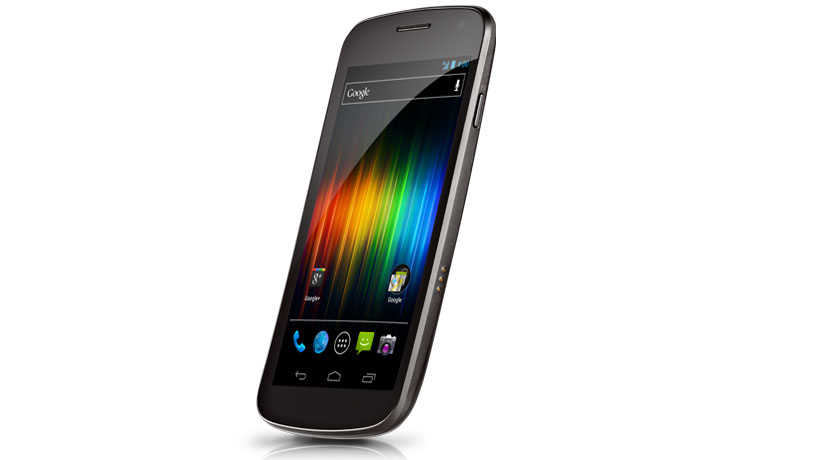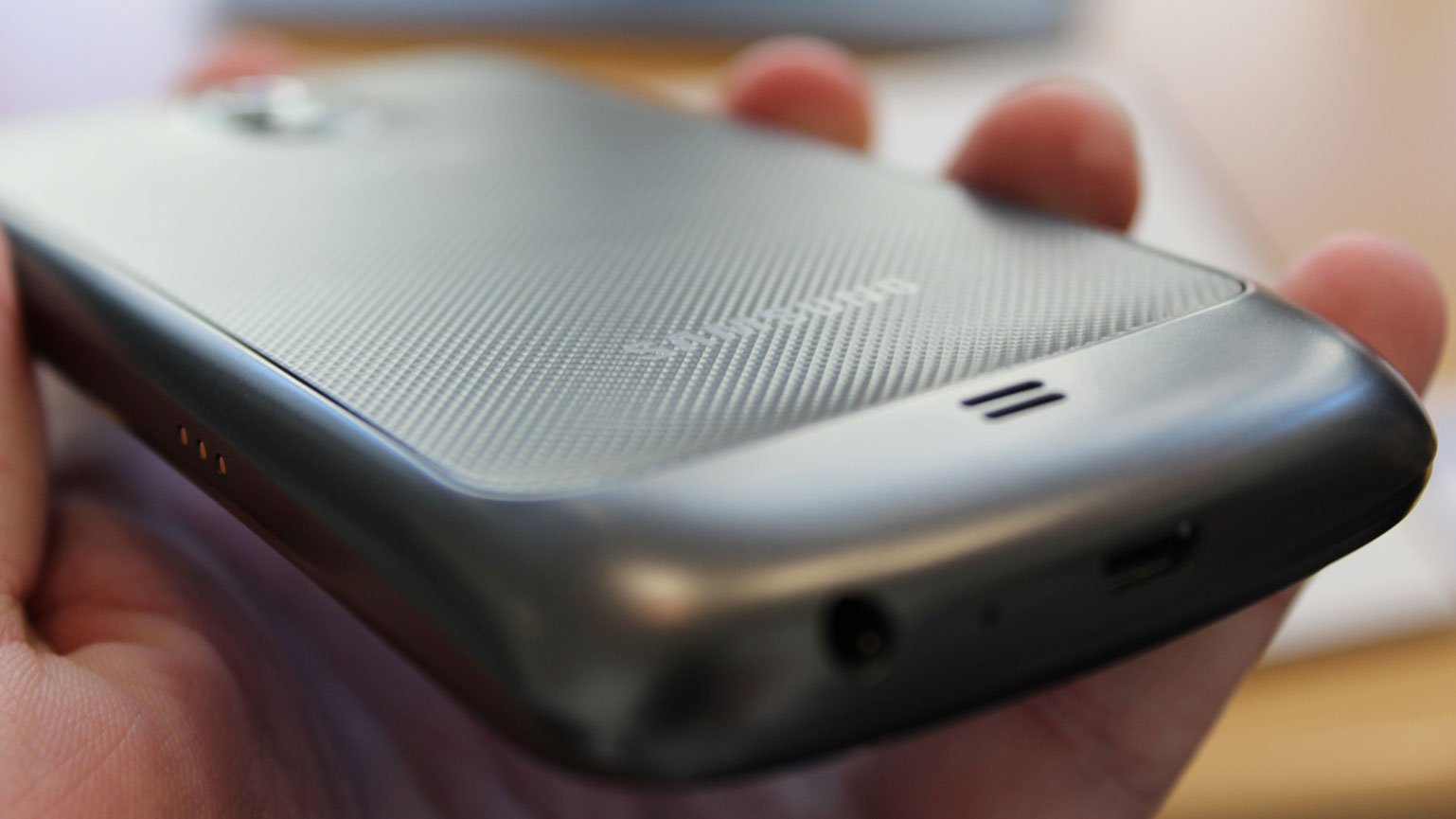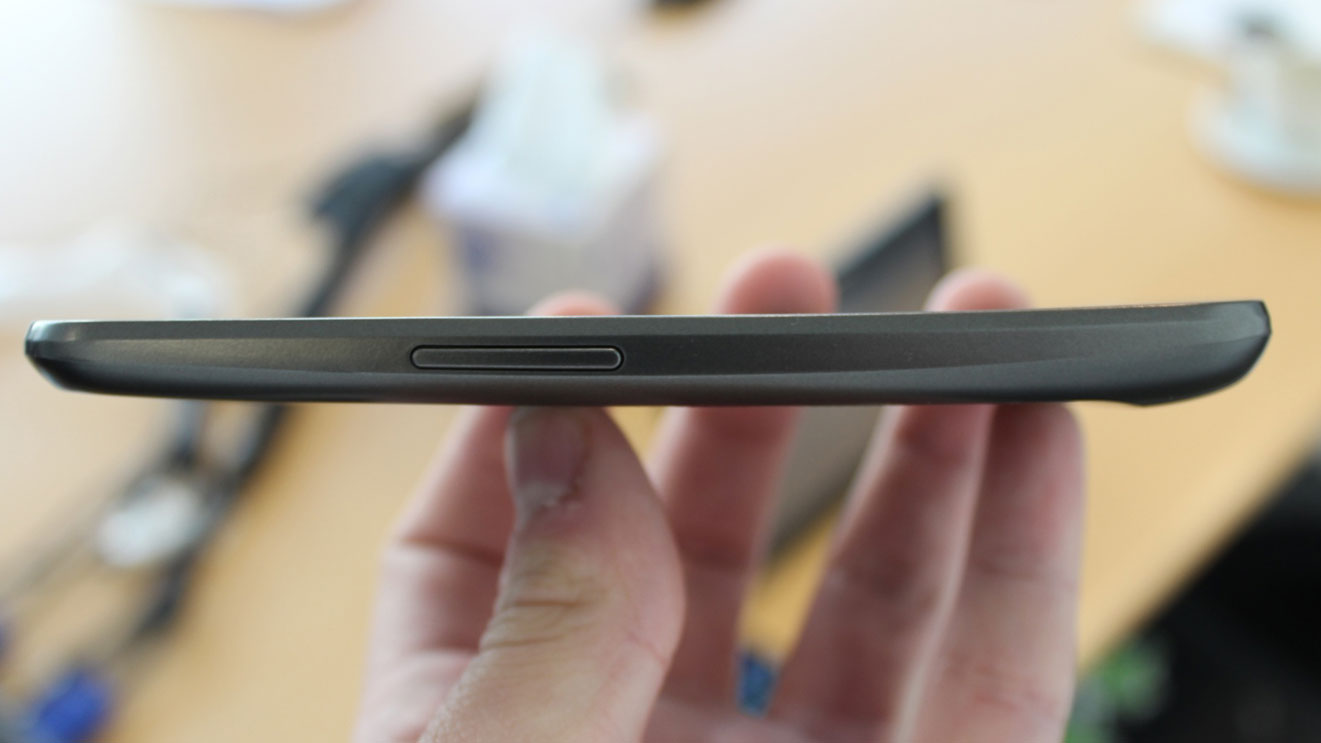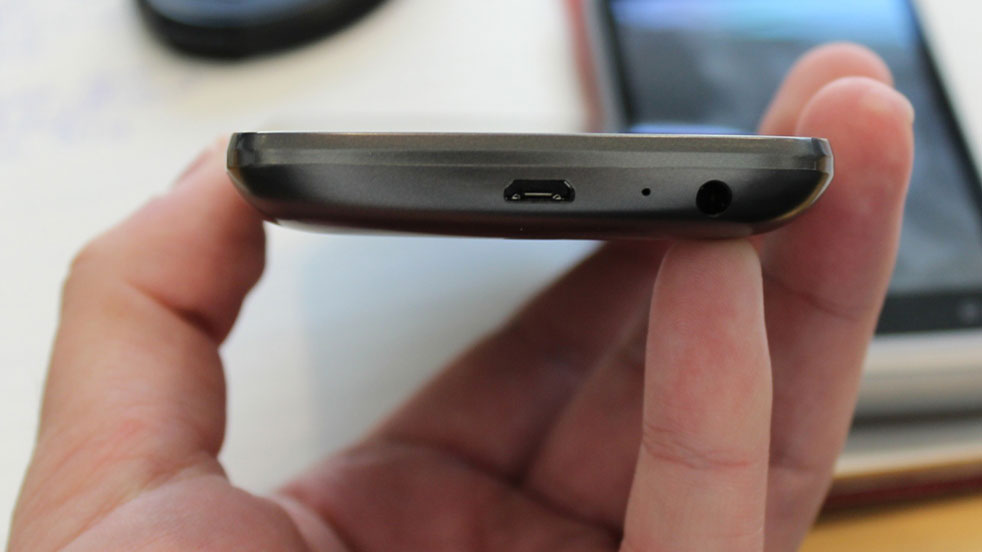TechRadar Verdict
The update to Jelly Bean refreshes the Samsung Galaxy Nexus making it exciting again, while price drops ensure it's still a viable option. It's a great handset, but at around the same price the Galaxy S2 is still the better buy.
Pros
- +
Jelly Bean makes things smoother
- +
Stunning screen
- +
Keyboard and internet fantastic
- +
Future-proofed with NFC
Cons
- -
Only five homescreens
- -
Other UI's offer better social networking
- -
No microSD slot or FM Radio
- -
Battery life disappointing
Why you can trust TechRadar
- We've updated our Samsung Galaxy Nexus review to reflect the Android 4.1 Jelly Bean update which has now been rolled out to the handset.
The Samsung Galaxy Nexus was the world's first phone to run Android 4.0: Ice Cream Sandwich and now just under a year later it's the first phone to run Android 4.1: Jelly Bean. It's an upgrade that keeps it as relevant as ever and we've updated our review to reflect the changes.
There are some gadgets in geek-world that are announced and we just could not wait to touch. The Nokia N95, the original iPhone, the T-Mobile G1 and Palm's first Pre.
The Galaxy Nexus fitted firmly in that category back when we first reviewed it and in many ways, coming back to it now, it still does.
The big selling point here is not so much the handset – it's what powers the Galaxy Nexus. With Android 4.0 Google redrew its Android OS in probably the biggest overhaul since it launched and the Galaxy Nexus was the flagship device for that OS.
Despite the fact that many handsets are still stuck with Android 2.3: Gingerbread, Google hasn't stood still and the result of their hard work is Android 4.1.

It's an evolution rather than a revolution, an attempt to refine what the company did with Android 4.0. But it's no less exciting for it and once again the Galaxy Nexus is Google's standard bearer, bringing smartphone users their first taste of the new OS.
On top of that, the specs include a fantastic Super AMOLED HD screen, dual-core 1.2GHz processor, 1GB of RAM, 5MP camera and NFC support, to name a few.
Sign up for breaking news, reviews, opinion, top tech deals, and more.

The Nexus itself is fairly big, with dimensions of 135.5 x 67.9 x 8.9mm, though it's actually slightly smaller than Samsung's flagship handset, the Samsung Galaxy S3.
Although it's slightly smaller it's also a little bit heavier at 135g compared to the latter's 133g. It doesn't feel enormous, really it's at the upper end of what we'd consider to be an ideal size for most users, but you can tell you are not using an iPhone 4S.
The front is probably as minimalist as you can get. It's all black and being built from the ground up as an Android 4.0 handset there are no buttons in sight.

In fact, all you have on the front is the screen, front facing camera and the brightness sensor, plus a cheeky little light beneath the screen that you don't even know exists until you get an email and it begins to pulsate.
The sides are fairly unremarkable with power/standby on the right along with three charging pins (for a dock accessory), volume on the left, nothing up top and the bottom housing the charge/sync socket and headphone jack.

The whole handset has a curved shape much like that on the Samsung Galaxy S3 but it's not too severe.
The rear takes its design cues from the Samsung Galaxy S2 with a snap on cover that feels slightly coarse to give a good grip. It has both Google and Samsung branding on it.

You won't find an SD slot on the outside, or indeed, the inside. Ridiculously, this – the flagship Google handset which is so set up as a media device – has been crippled by having NO expandable memory. Words fail us. And they may fail you when you realise that 16GB internal storage is your lot.
But the screen, when lit up, looks fantastic. It's 4.65-inches with a resolution of 720 x 1280, giving it a pixel density of 316ppi. It really is super sharp. We would have expected nothing less with Samsung's mobile displays among the best out there, but it's cracking for internet and video.

There is no doubt about it – this is a premium handset and is up there with the iPhone 4S and Samsung Galaxy S3 in terms of marketing position.
If you want one, there's good news: the price has dropped to just £21.50 per month on contract and £295 SIM free.
James is a freelance phones, tablets and wearables writer and sub-editor at TechRadar. He has a love for everything ‘smart’, from watches to lights, and can often be found arguing with AI assistants or drowning in the latest apps. James also contributes to 3G.co.uk, 4G.co.uk and 5G.co.uk and has written for T3, Digital Camera World, Clarity Media and others, with work on the web, in print and on TV.
